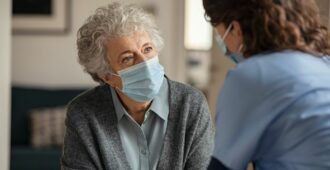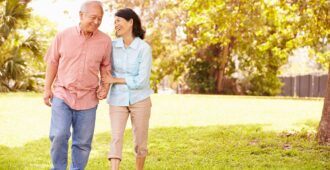
The Sax Institute is involved in a major new initiative to tackle antimicrobial resistance and predict outbreaks using artificial intelligence.
The project, which has won significant funding from the Australian Government’s Medical Research Future Fund, will improve our understanding of how antimicrobial-resistant bacteria spreads and develop new ways of combating it, building on globally recognised Australian research. It will use sensor technologies, data, knowledge and machine learning to develop a nationwide system called OUTBREAK (One-health Understanding Through Bacterial REsistance to Antibiotics Knowledge) to trace, track and combat antimicrobial resistance (AMR).
The initiative is led by the University of Technology Sydney with the support of a multidisciplinary consortium of researchers and organisations, including the Sax Institute.
OUTBREAK will deliver a detailed spatial and temporal map of AMR across Australia, integrating data streams from people, animals and the environment to allow scientists to anticipate AMR outbreaks, determine their origins and assess the risks and cost-effectiveness of treatments and intervention strategies.
“AMR is not a simple problem confined to health and hospital settings,” says the project’s chief investigator Steven Djordjevic, Professor of Infectious Diseases at UTS. “Our pets and livestock rely on many of these same medicines to treat bacterial infection, so they find their way into the food chain and into the environment through animal faeces.”
The project will receive almost $1 million through a Medical Research Future Fund Frontiers Grant, in addition to $1.4 million in contributions from partner organisations.
At the core of this project is whole genome sequencing and metagenomics research. This is also the aspect that involves the Sax Institute, which manages the 45 and Up Study, one of the world’s largest longitudinal studies of health ageing.
“We’re planning to invite about 1500 participants of the 45 and Up Study to provide a faecal sample. Bacteria from those samples will be whole-genome sequenced and combined with data from animals and the environment with the aim of developing a surveillance model for antimicrobial resistance in New South Wales,” explains Sax Institute Deputy CEO Dr Martin McNamara.
“Microbiomes (the bacterial populations in our gut) and population-level genomics are growing research areas that will provide a better understanding of antimicrobial resistance. The sheer size of the 45 and Up Study cohort and the diversity in the study population, from a geographic and health perspective, are why there’s been such interest in using the Study for this project.”
Dr McNamara says this is one of the Study’s first contributions to the area of genomics and whole genome sequencing, but there is much more to come.
“We are currently conducting a pilot study for a large-scale collection of blood samples from 45 and Up Study participants. It will be used for future research across a whole range of fields, not just for whole genome sequencing, but also to look for markers of key chronic conditions like cancer, heart disease or certain neurological disorders. And it will drive the development of new screening processes to identify the people at risk and interventions.”
Dr McNamara says the 45 and Up biospecimen program will be an important resource for health research in the future.
“We already have strong engagement with key researchers who are helping us plan this large-scale collection. There is a network of researchers out there who are drawn to our initiative and are very excited about what it can achieve.”
The 45 and Up Study is managed by the Sax Institute in collaboration with major partner Cancer Council NSW; and partners: the National Heart Foundation of Australia (NSW Division); NSW Ministry of Health; NSW Government Family & Community Services – Ageing, Carers and the Disability Council NSW; and the Australian Red Cross Blood Service. We thank the many thousands of people participating in the 45 and Up Study.





